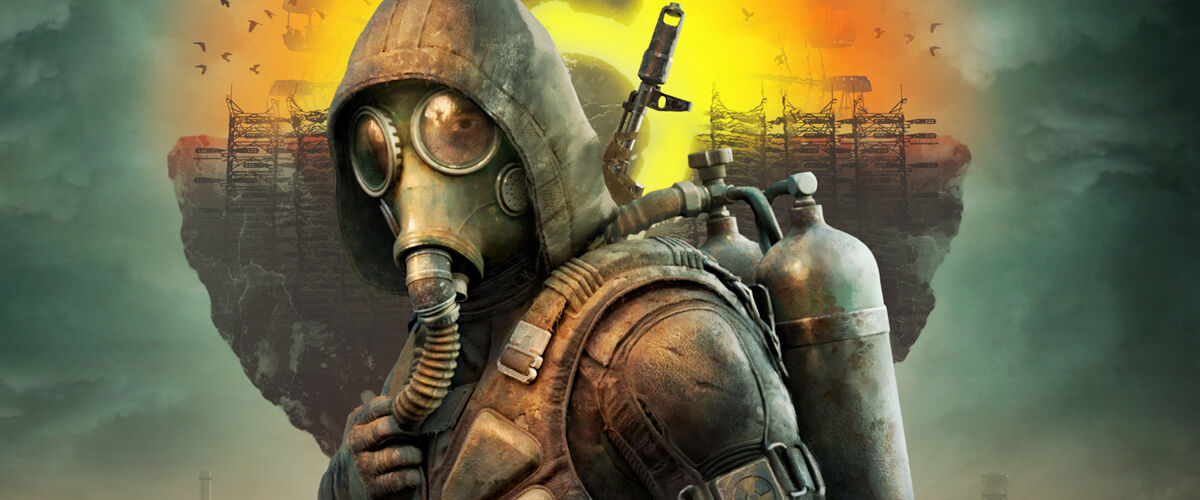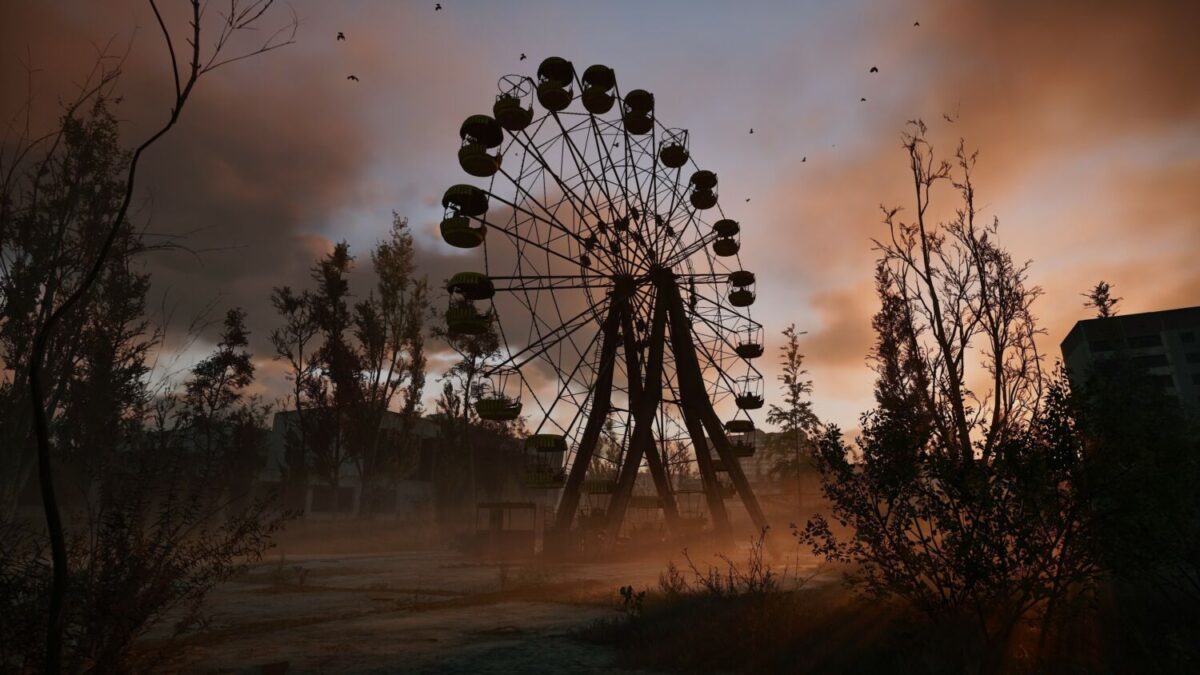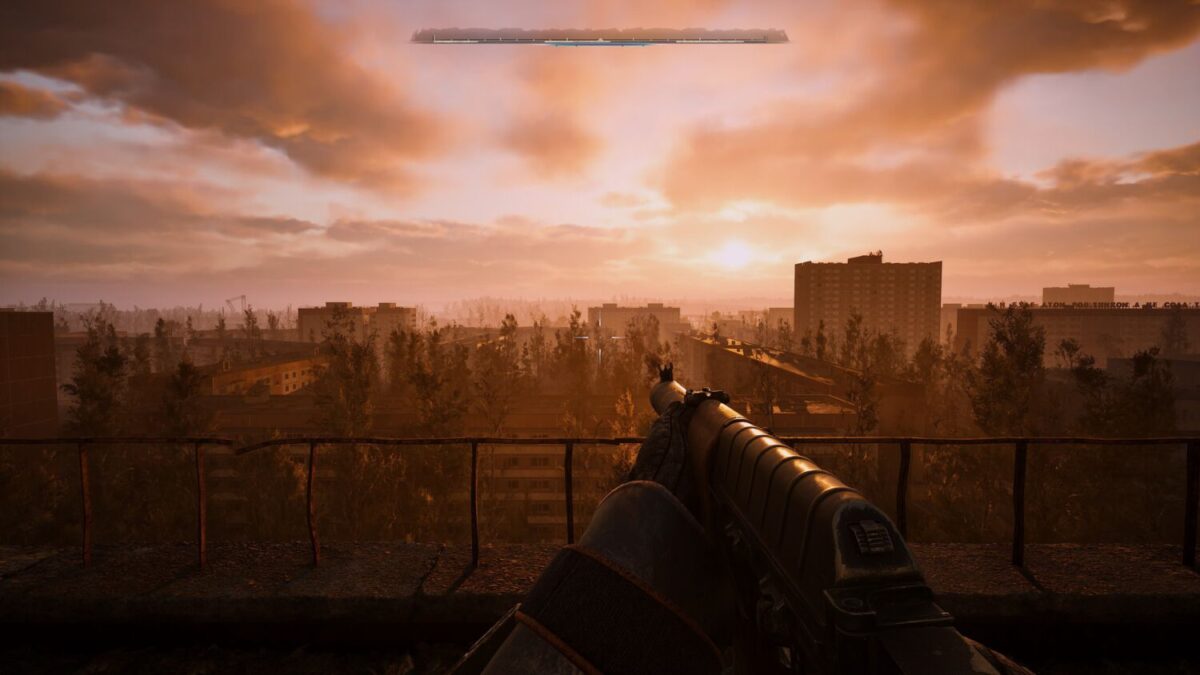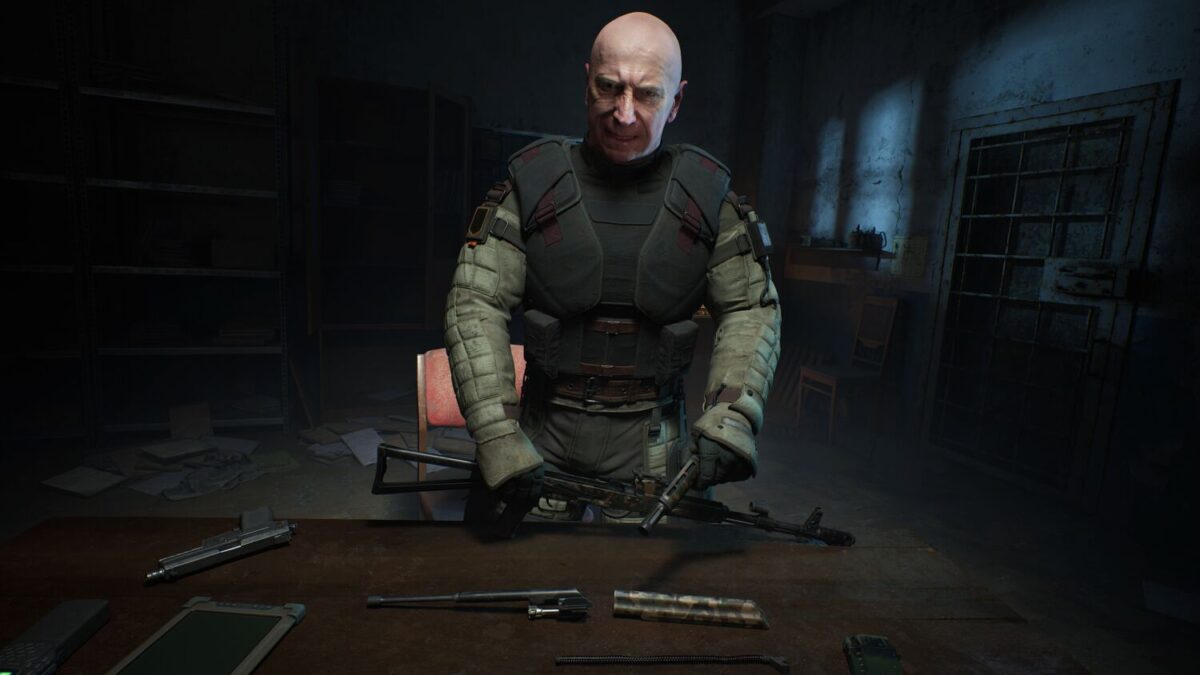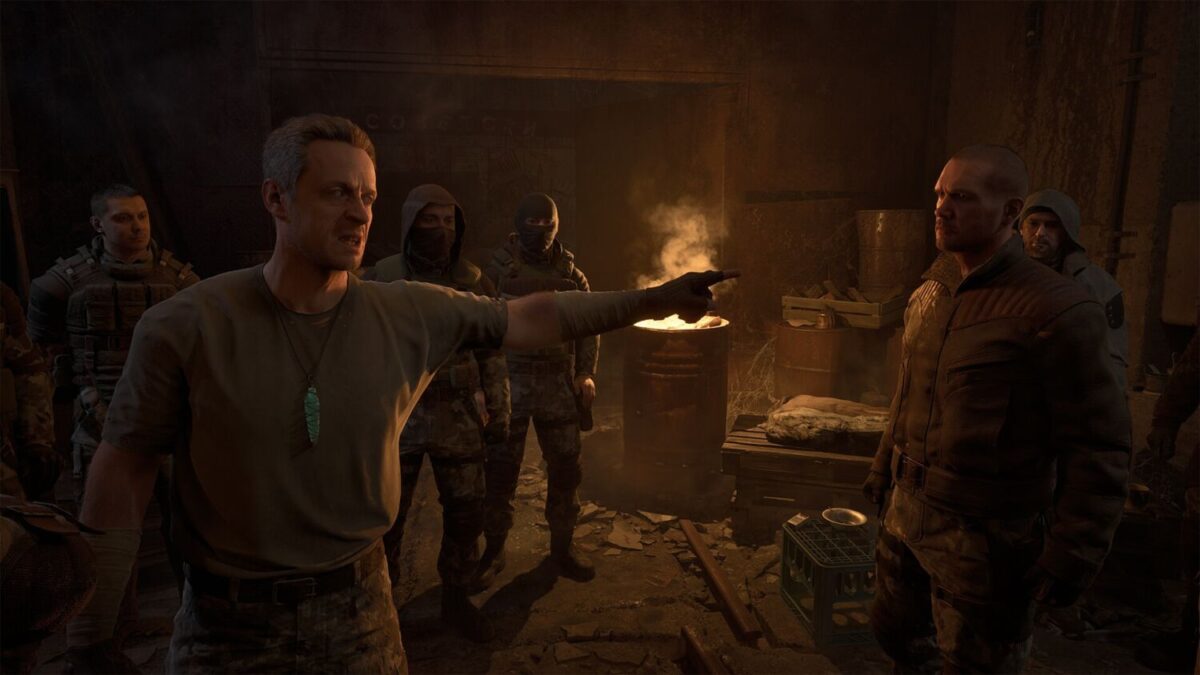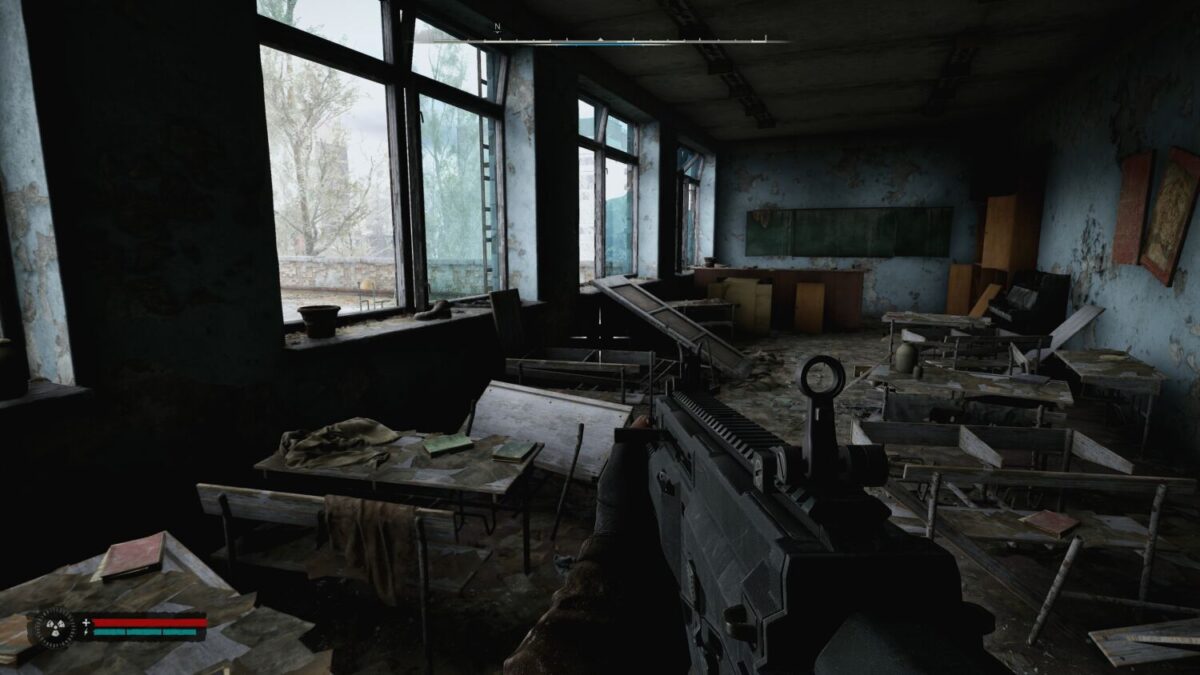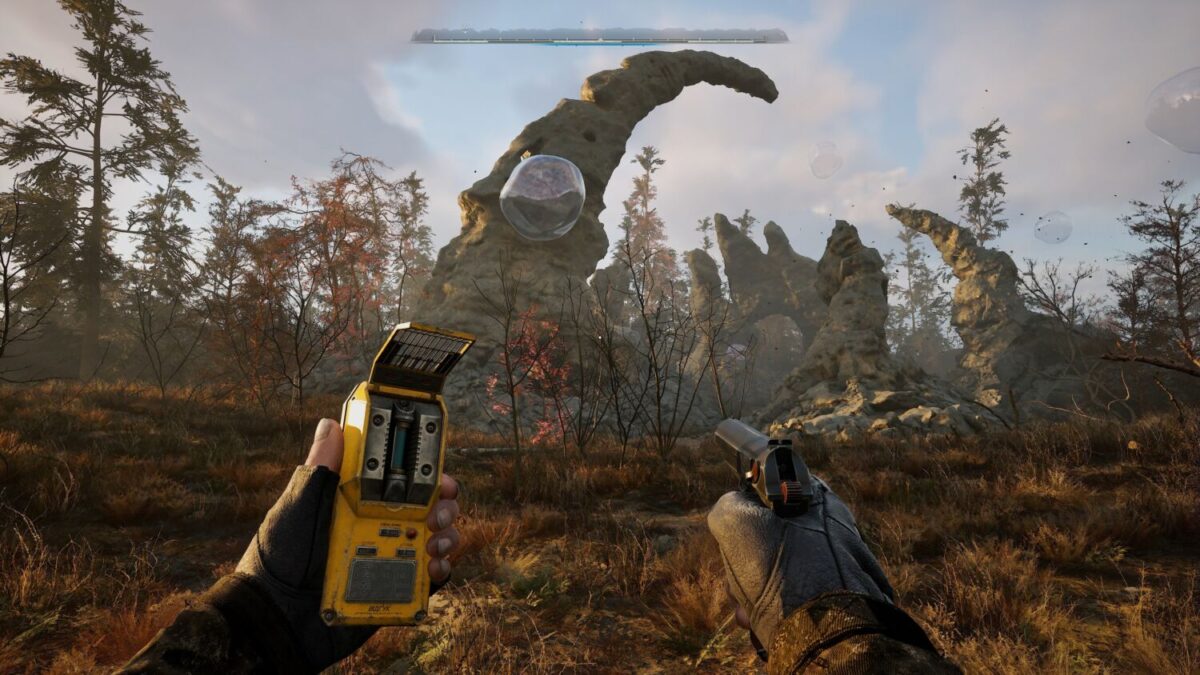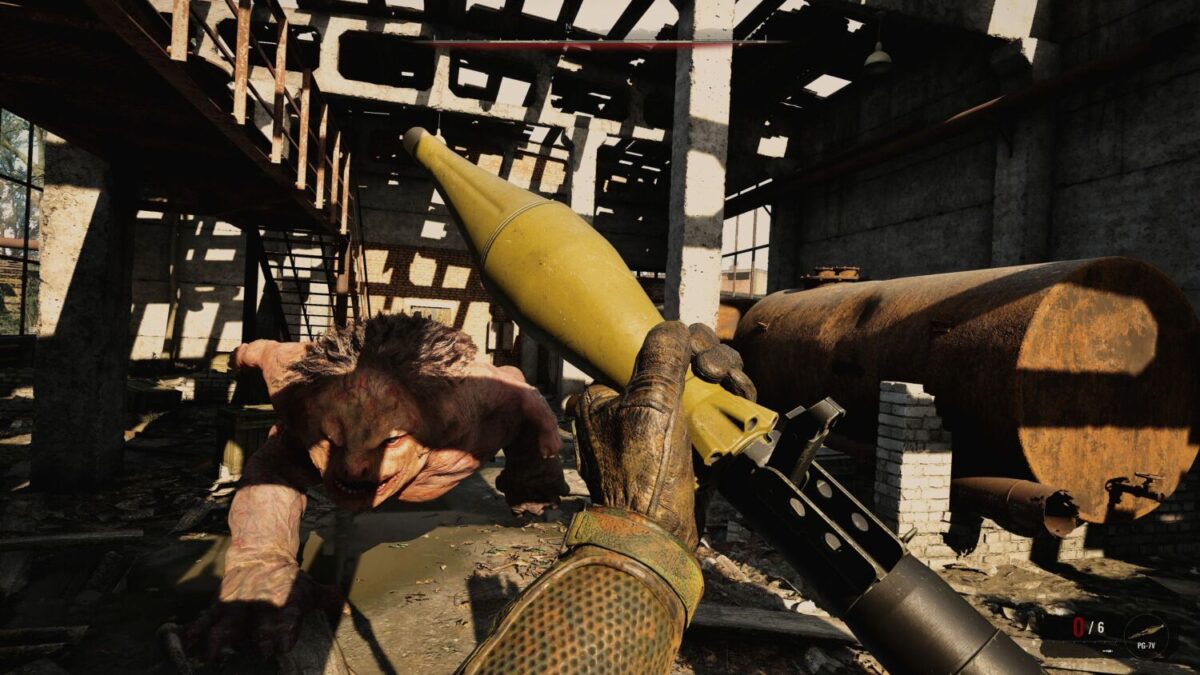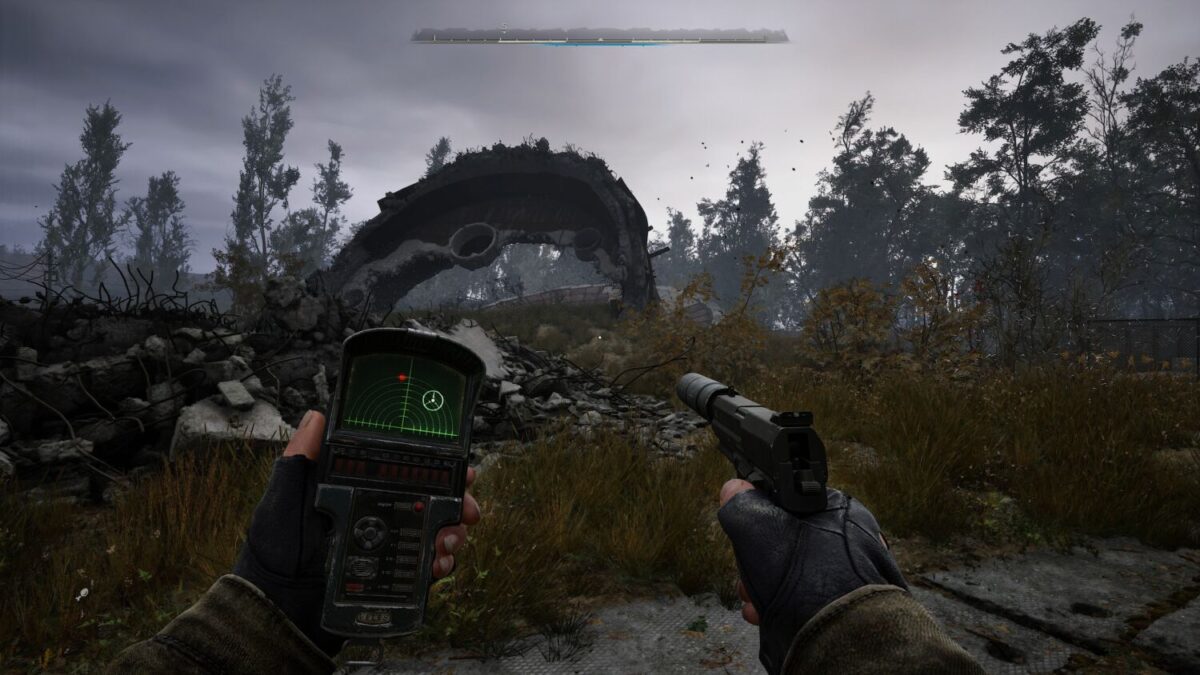The Chernobyl Exclusion Zone, a harsh and desolate zone resulting from a catastrophic nuclear disaster in 1986 and one of the most radioactively contaminated areas on Earth, served as the integral framework for lurking franchise, which takes the narrative to the next level and tweaks the setting into a punishing series of survival horror first-person shooters not for the faint of heart.
Just as games push players over the edge, leaving them struggling to survive with life-threatening dangers around every corner, Ukrainian video game developers GSC Game World had the same pressure on them while creating the game. Stalker 2: Heart of Chernobylthe latest game in the series, is set off by the Russian invasion of Ukraine and the massive cyberattacks that followed.
Despite their situation, the team managed to qualify, and although the final product shows some clear signs of being a victim of its turbulent circumstances in terms of its poor technical condition, this doesn't get in the way of the fact that the game manages to retain everything fans have come to know about the series. And they love it, providing a worthy successor to the franchise and a testament to how passion can overcome even the most daunting challenges.
Set in a fictionalized version of the Exclusion Zone, the game takes place in a world filled with dangerous anomalies that mimic reality, with equally dangerous creatures lurking on Earth, all mutated by nuclear fallout. As with all games in the series, the game is a first-person shooter with strong survival elements, requiring players to control their hunger, gear weight and item durability while performing their duties as a Stalker, individuals braving the dangers of the area. To explore and find artifacts, items imbued with supernatural powers.
You play as Skif, an ordinary citizen whose life is turned upside down when an anomaly destroys his apartment building, leaving behind a mysterious artifact. To recover some of his losses, Skiff offers his services as a stalker to Professor Hermann, a recurring character in the series, although he is betrayed during the opening mission, which leads him down a rabbit hole, finding and helping various characters. In order to uncover the actual mastermind behind the double cross.
While the game offers a fairly straightforward story to follow, it becomes more complex with its terminology as the story progresses. Being the fourth main entry in the franchise, the title is filled with organizations and other snippets of information previously established in the lore of the series, and while this will certainly be tempting for returning players to experience familiar faces and locations from previous games, newcomers may find it difficult to keep up. Increasingly complex terms and they are likely to end up literally losing the plot.
Although a player's enjoyment of the overall plot may vary depending on whether they are familiar with or at least interested in learning the lore of the pre-existing series, where the game stands out the most from a narrative standpoint is undoubtedly in its presentation of choices versus consequences. .
These range from major critical choices to be made during the main quest, such as choosing a side in the heat of the moment, or whether to reveal key information, to the smallest decisions made while exploring what most other games simply do. Do not advance, which could lead to sudden unintended consequences.
Taking my personal experience for example, while exploring the world, I came across two opposing factions in the middle of a gunfight, and naturally, I sided with the faction I had a better relationship with. After crushing the enemy, you immediately start looting corpses littering the battlefield for ammunition, something that doesn't require a second thought in other games. Unbeknownst to me, I had accidentally plundered the body of a fallen Allied soldier in front of his fellow soldiers, prompting them to quickly turn their rifles on me and kill me in one fell swoop.
It's small details like this that make the title feel natural in its presentation, providing an experience that encourages players to think before they act, as almost every situation in the game offers multiple ways to progress. Are you facing an outpost full of people who don't trust strangers? You can certainly use flaming weapons, but a better option may be to take the stealth route and explore the surroundings to exploit any sneak openings or avoid a potential confrontation altogether by bribing your way through the front gate. These are the moments that keep players on their toes and elevate the experience to the next level.
As a Stalker, one of the player's primary goals is to head into the area to explore dangerous locations and retrieve artifacts. In keeping with previous games in the series, its mechanics are deliberately designed to ensure that the gameplay feels as harsh as the environments it depicts. Managing radiation levels, eating to prevent hunger, and looting to survive while managing limited amounts of inventory weight are all part and parcel of the game. lurking experience, and the game often leaves the player to figure things out on their own, with minimal assistance to make every victory more rewarding, and every mistake a valuable learning point.
For this reason, death is always looming, and often inevitable. Combat leans into mechanics commonly found in tougher survival games, meaning it only takes a few hits to kill you, and almost every source of damage taken will inflict bleeding wounds, which constantly drain health unless patched up with a bandage.
There is also a gear wear system, which causes prolonged use of weapons and armor to deplete their quality, causing flaws over time such as weapons constantly jamming or reducing protection respectively, requiring players to pay a large amount at workshops to repair them. With these systems side by side, making informed decisions when it comes to which encounter to tackle or when to take risks and explore unknown locations across the game's massive open map becomes an important point of consideration throughout the game's long run.
To help lower the barrier to entry, especially for newcomers to the franchise, the game offers a choice of three difficulty levels, which can be changed at any time. Interestingly, each difficulty level radically changes the gameplay. For example, Rookie (Easy) makes the game more of a straight shooter, with ammo and health items plentiful allowing players to breeze through combat encounters. Stalker (Normal) plays like a typical survival shooter, with enough resources to make sustained combat viable, but still requiring tactical thinking such as firing weapons in bursts or using cover to prevent waste or unnecessary damage. Veteran (Hard) kicks things up a notch with item scarcity, meaning decision-making becomes more important, with combat only reserved as a last resort.
This doesn't mean that one can simply turn the difficulty down to hard during the entire game, as that doesn't change the fact that the world is filled with constant danger, from near-transparent anomalies spread across the land dealing with massive amounts of danger. Damage when players get too close to numerous bandit patrols and outposts. And who can forget the wide array of mutant monsters such as the Carnivores – mutant pigs that are incredibly difficult to kill, and the Vampires – humanoid monsters that have the ability to turn invisible. All of these dangers are constantly present even when traveling between major locations, and without the ability to fast travel freely, traversing towards each new location becomes a tense experience in itself.
Dealing with the game's many threats is complemented by excellent gunplay. The title features a variety of firearms from assault rifles to shotguns, each offering crunchy voiceovers and great animations, making them a lot of fun to use. Each weapon can also be upgraded with a variety of accessories, such as red dot sights or extended magazines to enhance its combat capabilities, and gameplay soon falls into a rewarding loop of exploring locations to find interesting new equipment, then upgrading and maintaining them until the next piece of premium loot is acquired.
While overcoming the game's various challenges can be satisfying, dealing with its poor technical state certainly isn't. The effects of a disrupted development cycle are clearly on display, with significant frame rate drops and persistent stuttering even on a PC running an RTX 4090 and a 14th Gen i9 CPU. Even putting performance aside, the game is riddled with numerous bugs such as texture manipulation, unplayable animations, and sounds coming from a completely different direction than their actual source. Granted, none of these are game-changers, but they happen frequently enough to distract from the overall experience.
Given the visual faults, there's still a lot to appreciate in terms of the game's presentation, which honestly sets a gold standard when it comes to atmosphere. The title boasts some truly next-gen environmental effects, from dangerous radiation storms, known as emissions, which paint the sky blood red accompanied by random flashes of blue lightning strikes, to the stillness of the dark night, which travels in areas close to the ground. It's pitch dark and only directed by the dim rays of a torch, and the game is never without its moments of tension.
Additionally, due to its lack of fast travel, long journeys on foot to discover new locations have become commonplace, and watching the game's dynamic weather change system go live, turning the previously clear skies a poisonous green in the moment's notice works to attract… It effectively brings players into its world, providing a unique experience just the same lurking What the franchise has to offer, combining the joy of discovery with the threat of death looming at every turn.
Although Stalker 2: Heart of Chernobyl It has its fair share of problems, especially on its technical side, and it's hard not to be impressed by how much the GSC Game World team has achieved especially considering their arduous journey to even get to this point. If you're looking for a solid shooter with in-depth survival elements and a huge, dangerous world to explore, look no further. Just be careful of the bugs along the way, not the kind you can squash with a shotgun.
this post STALKER 2: HEART OF CHERNOBYL – REVIEW appeared first on Geek culture.

